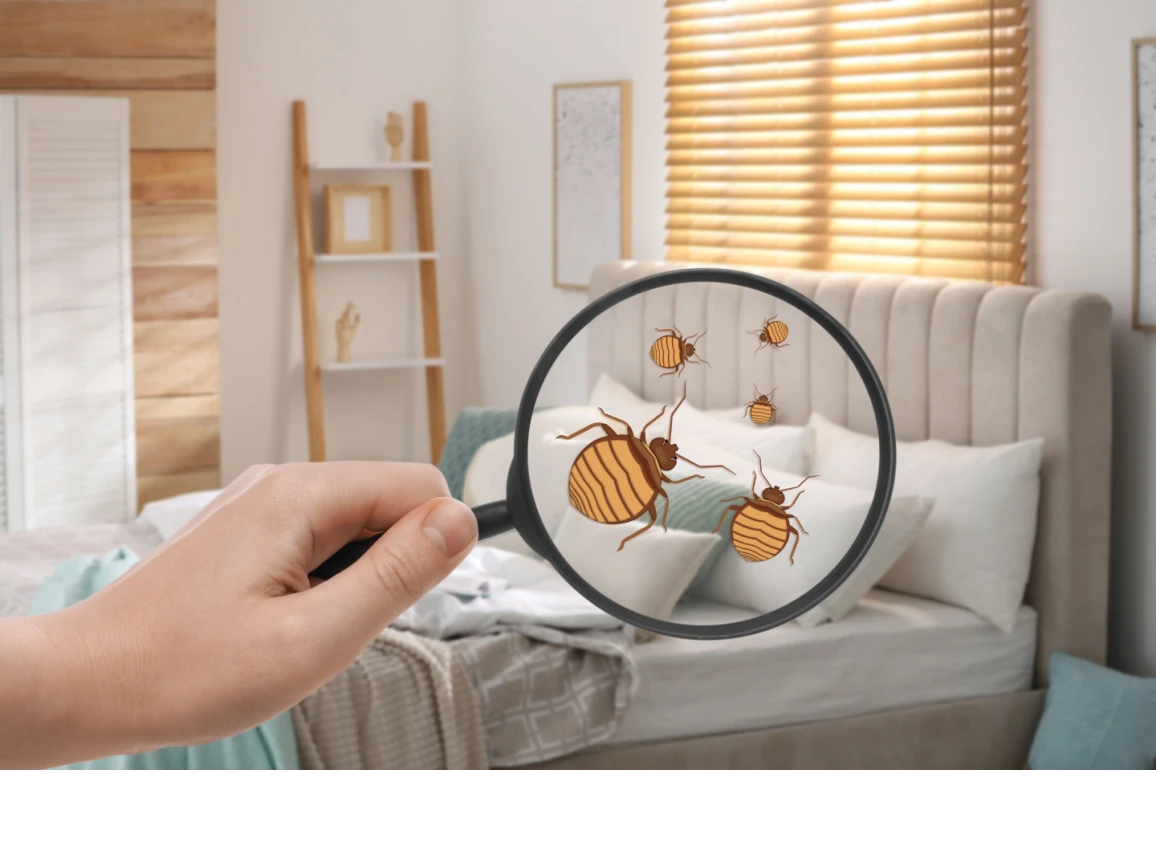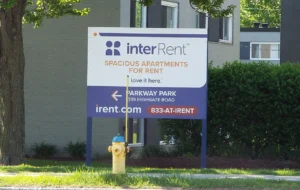
7 Ways Landlords Can Keep Rental Properties Bed Bug-Free
Here are 7 smart measures for landlords to take that can keep rental properties bed bug free and avoid costly remediation.
Maintaining a rental property comes with numerous responsibilities, and one of the most critical is ensuring a safe, clean, and pest-free environment for tenants.
Bed bugs are a persistent problem in rental properties, capable of causing distress, health issues, and costly remediation. For landlords, understanding preventive measures and incorporating a pest control business into property-management routines is essential to protect tenants and maintain property value.
Understanding Bed Bugs
Bed bugs are small, reddish-brown insects that feed on human blood, typically at night. They are not known to transmit diseases, but their bites can cause itching, allergic reactions and sleep disturbances. These pests are highly resilient and can survive in furniture seams, mattresses, wall crevices, and even behind picture frames.
Because bed bugs reproduce quickly and spread easily, early detection and preventive strategies are crucial for landlords. Once an infestation takes hold, treatment can become time-consuming, expensive, and disruptive to tenants.
How Bed Bugs Enter Rental Properties
Preventing bed-bug infestations begins with understanding how they spread. Bed bugs typically enter properties through:
-
Tenants’ belongings – Luggage, clothing, or second-hand furniture can carry bed bugs from hotels, public transportation, or other infested spaces.
-
Adjacent units – In multi-unit buildings, bed bugs can migrate through walls, electrical outlets, or ventilation ducts.
-
Shared spaces – Common areas like laundry rooms or storage units can serve as points of entry if not properly maintained.
Understanding these entry points allows landlords to take proactive measures to reduce the likelihood of an infestation.
Preventive Measures for Landlords
1. Regular Property Inspections
Frequent inspections are one of the most effective ways to detect early signs of bed bugs. Landlords should check beds, mattresses, upholstered furniture, and wall crevices. Early signs include:
- Small reddish or brown spots on bedding or mattresses
- Shed bed-bug skins
- Tiny eggs or eggshells in seams or cracks
By identifying infestations early, landlords can address the problem before it spreads throughout the property.
2. Educating Tenants
Tenant awareness is key in preventing bed bugs. Providing educational materials on how to spot bed bugs, report bites, and minimize risk can significantly reduce the chances of an infestation. Encourage tenants to:
- Inspect second-hand furniture before bringing it into the property
- Wash and dry clothing on high heat after returning from travel
- Report any suspicious bites or sightings promptly
3. Investing in Protective Covers
Using bed bug-proof mattress and box-spring encasements is a practical preventive measure. These covers eliminate hiding spots for bed bugs, making inspection easier and reducing the potential for infestations.
4. Reducing Clutter
Clutter provides hiding places for bed bugs, making detection and treatment more difficult. Encouraging tenants to keep spaces organized and minimize excess items, particularly in bedrooms and storage areas, can limit potential infestation zones.
5. Regular Cleaning and Maintenance
Maintaining a clean environment reduces the likelihood of bed bugs establishing themselves. Regular vacuuming of carpets, rugs, and upholstered furniture helps remove eggs and insects. Additionally, steam-cleaning mattresses and furniture can kill bed bugs on contact.
6. Prompt, Professional Pest Control
Even with preventive measures, bed bugs can still infiltrate rental properties. Partnering with a professional business like Pest Control Naperville ensures that any signs of infestation are addressed quickly and effectively. Regular scheduled treatments, particularly in high-risk areas, can significantly reduce the likelihood of widespread infestations.
7. Isolating and Treating Infested Units
If a bed-bug problem is detected, isolating the affected unit is critical to prevent spread. Furniture, bedding, and clothing should be treated according to recommended pest-control guidelines. Early intervention limits the need for large-scale treatments and reduces disruption to tenants.
Legal and Financial Considerations
Landlords are responsible for maintaining habitable rental properties, and in many regions, this includes ensuring the property is pest-free. Failing to manage bed-bug infestations can result in:
- Tenant complaints and potential legal disputes
- Property damage from untreated infestations
- Loss of rental income during remediation
Investing in preventive measures is not just a matter of tenant comfort—it protects landlords from financial and legal risks associated with infestations.
Benefits of Proactive Bed Bug Prevention
Implementing preventive strategies offers multiple advantages:
- Tenant satisfaction – Tenants are more likely to renew leases in properties free from pests.
- Reduced costs – Early detection and treatment are far less expensive than addressing widespread infestations.
- Property preservation – Preventing infestations protects flooring, furniture, and walls from damage.
- Peace of mind – Both landlords and tenants benefit from a safe, healthy living environment.
Conclusion
Bed bugs are a serious concern for rental-property owners, but with diligence and preventive strategies, infestations can be minimized. By incorporating regular inspections, tenant education, protective measures, and professional pest control companies, landlords can keep their properties safe, clean, and comfortable for tenants.
Taking proactive steps not only protects your investment but also enhances tenant satisfaction and long-term rental stability.
Source: Rental Housing Journal













 Accessibility
Accessibility